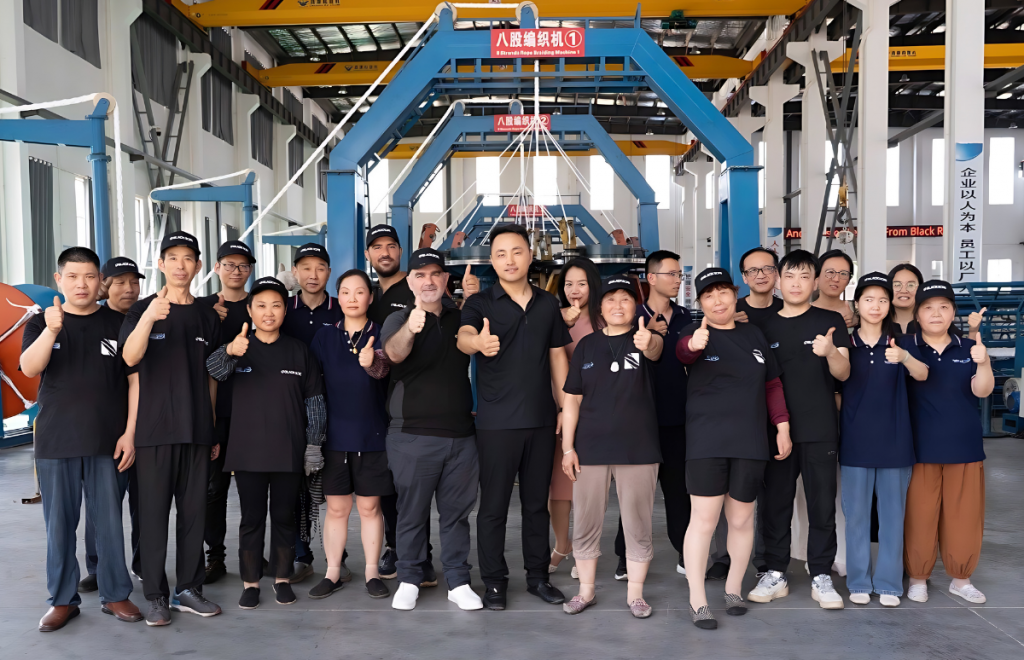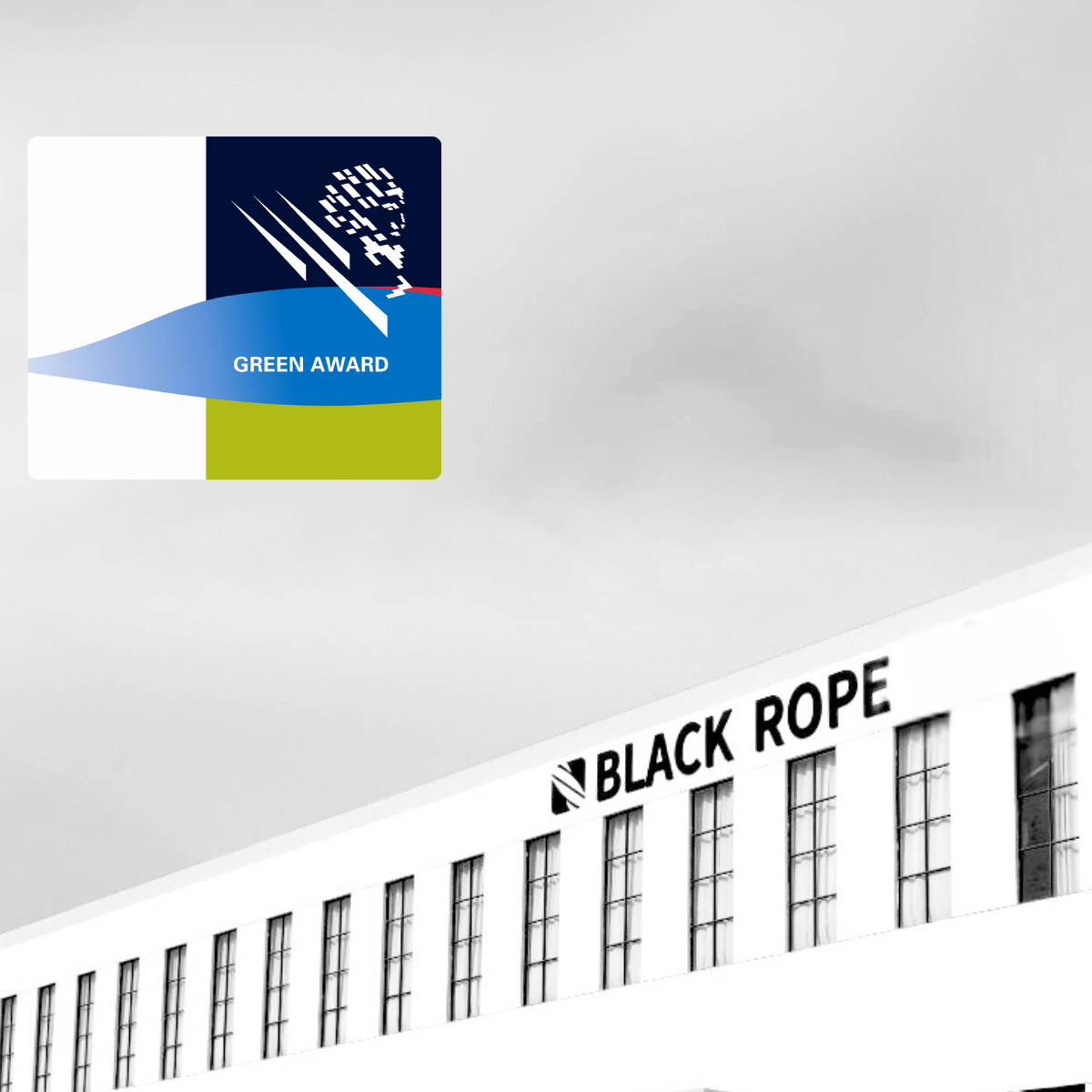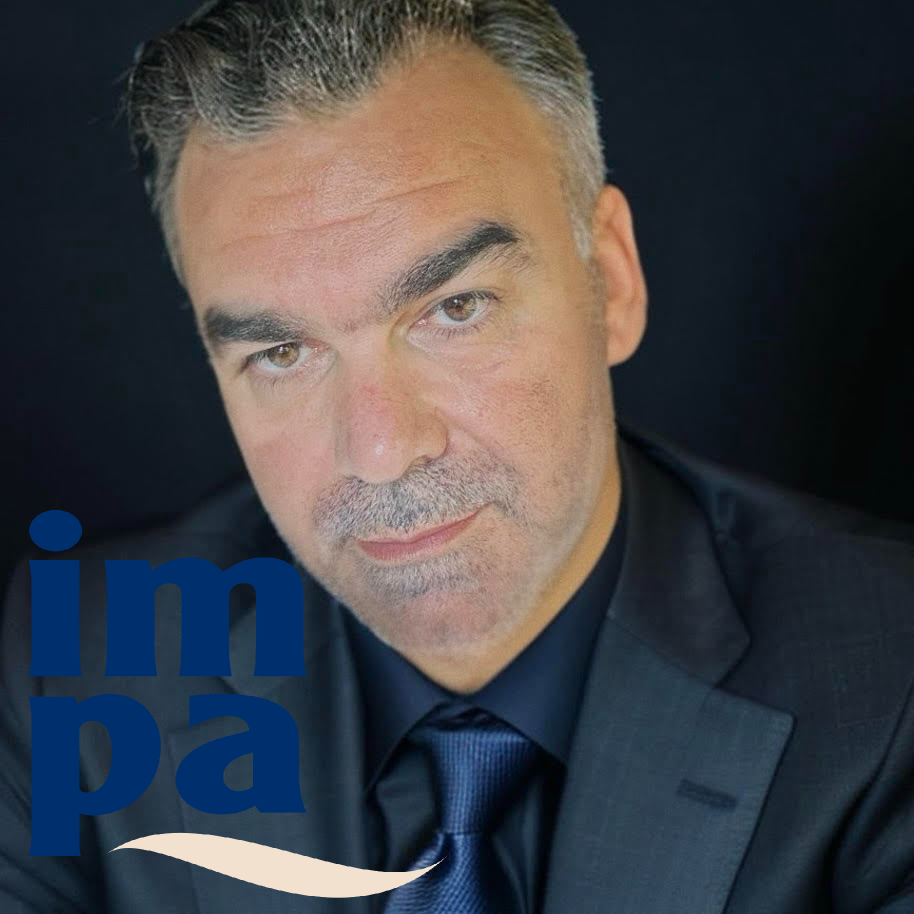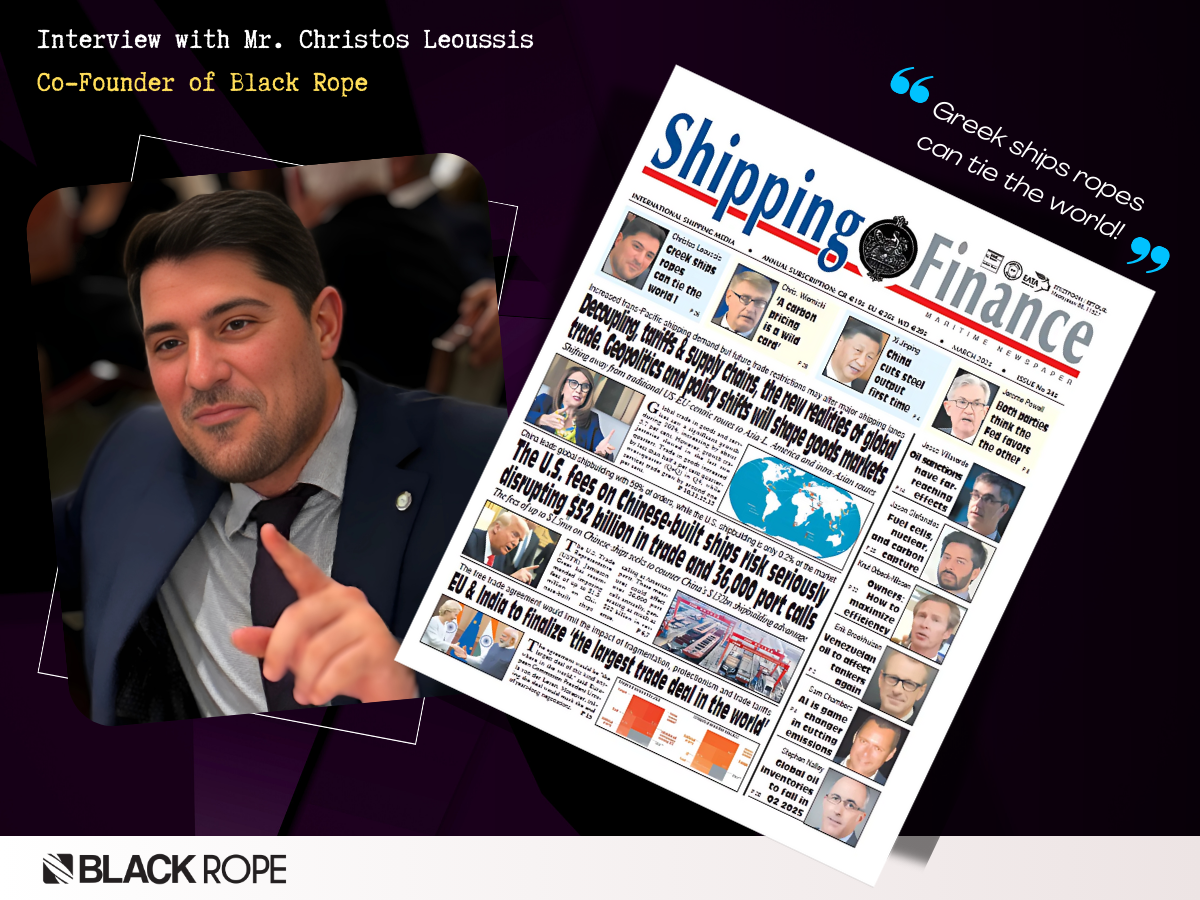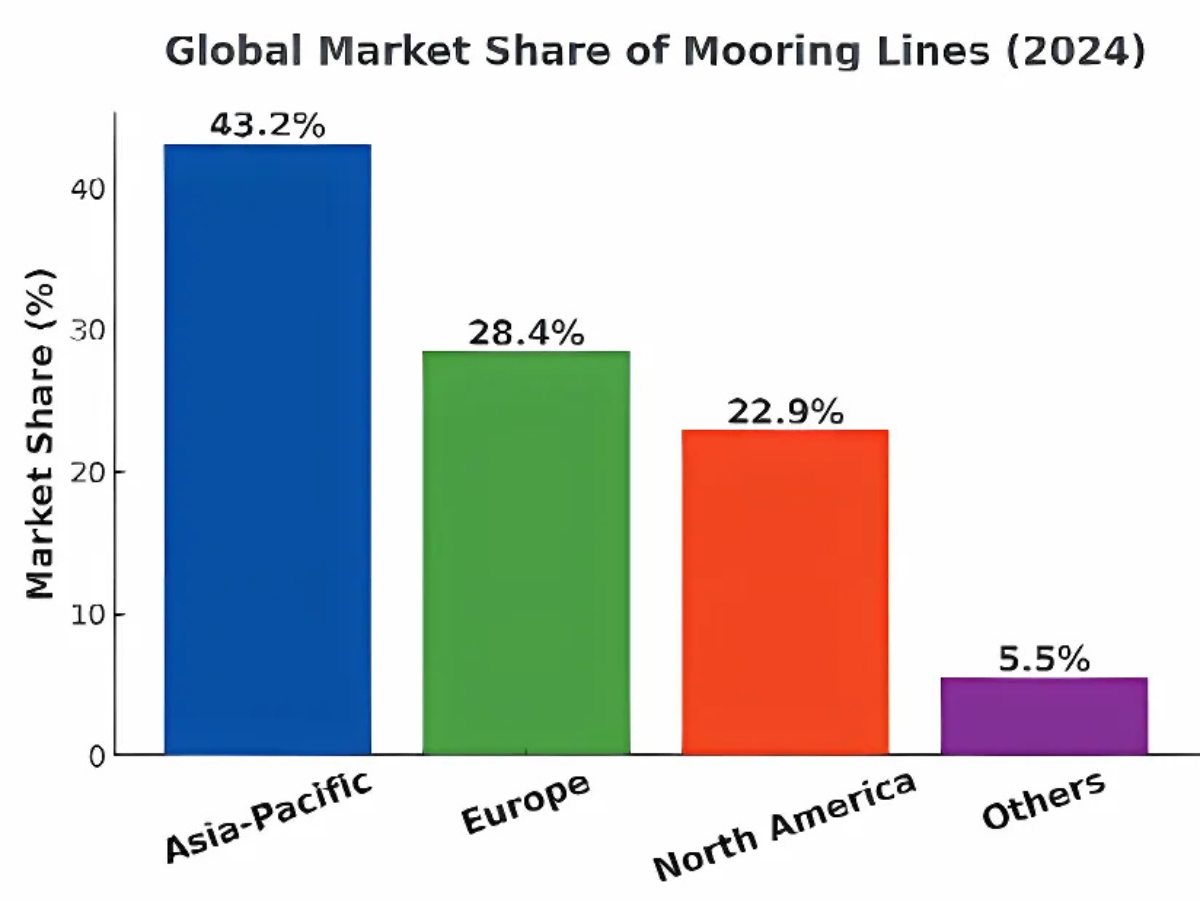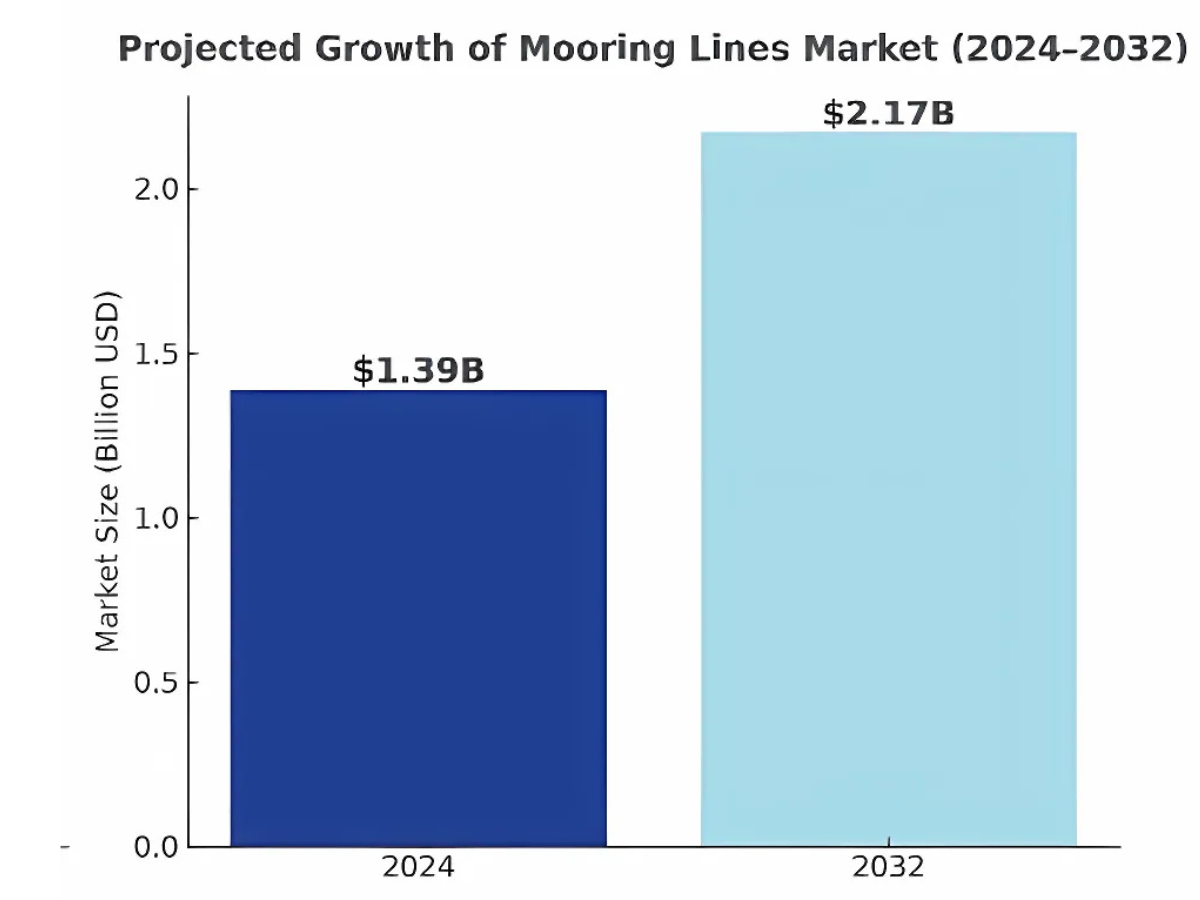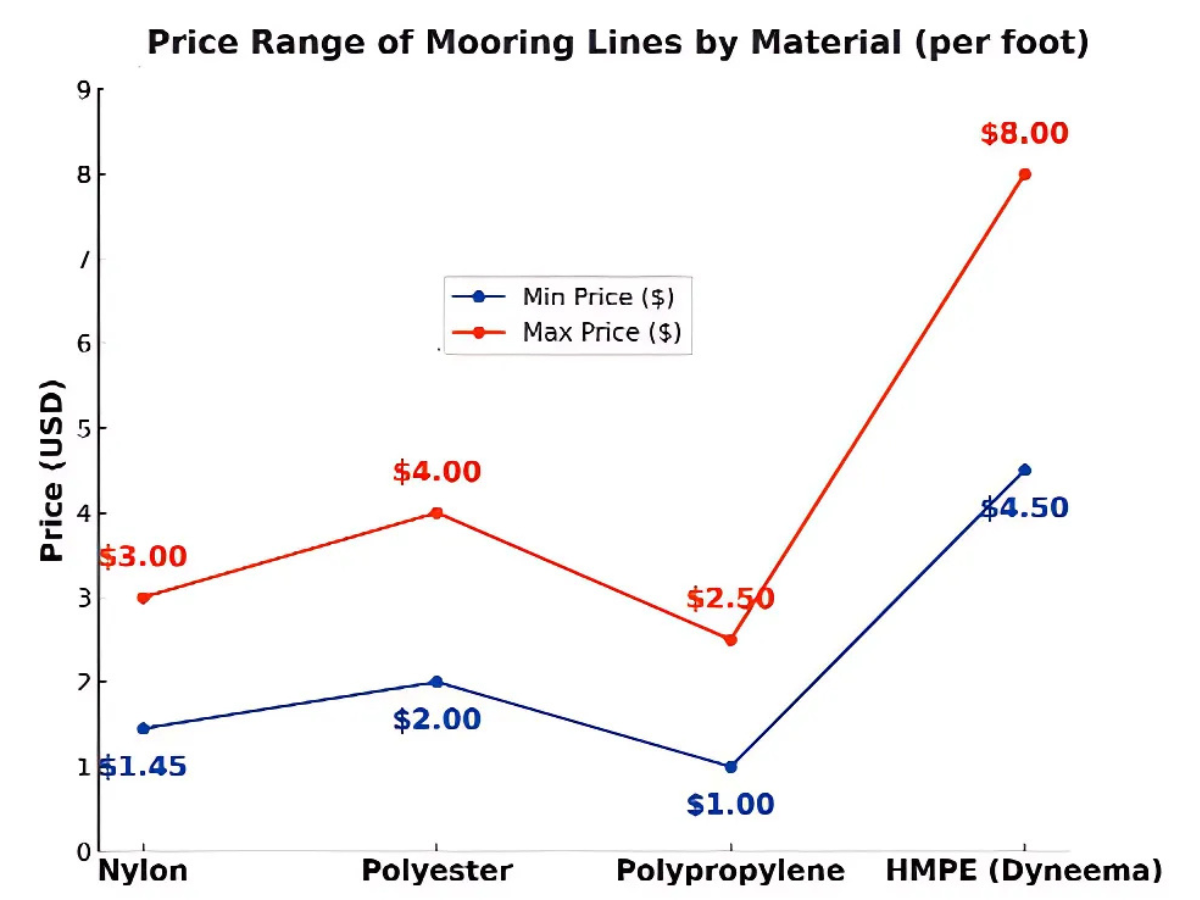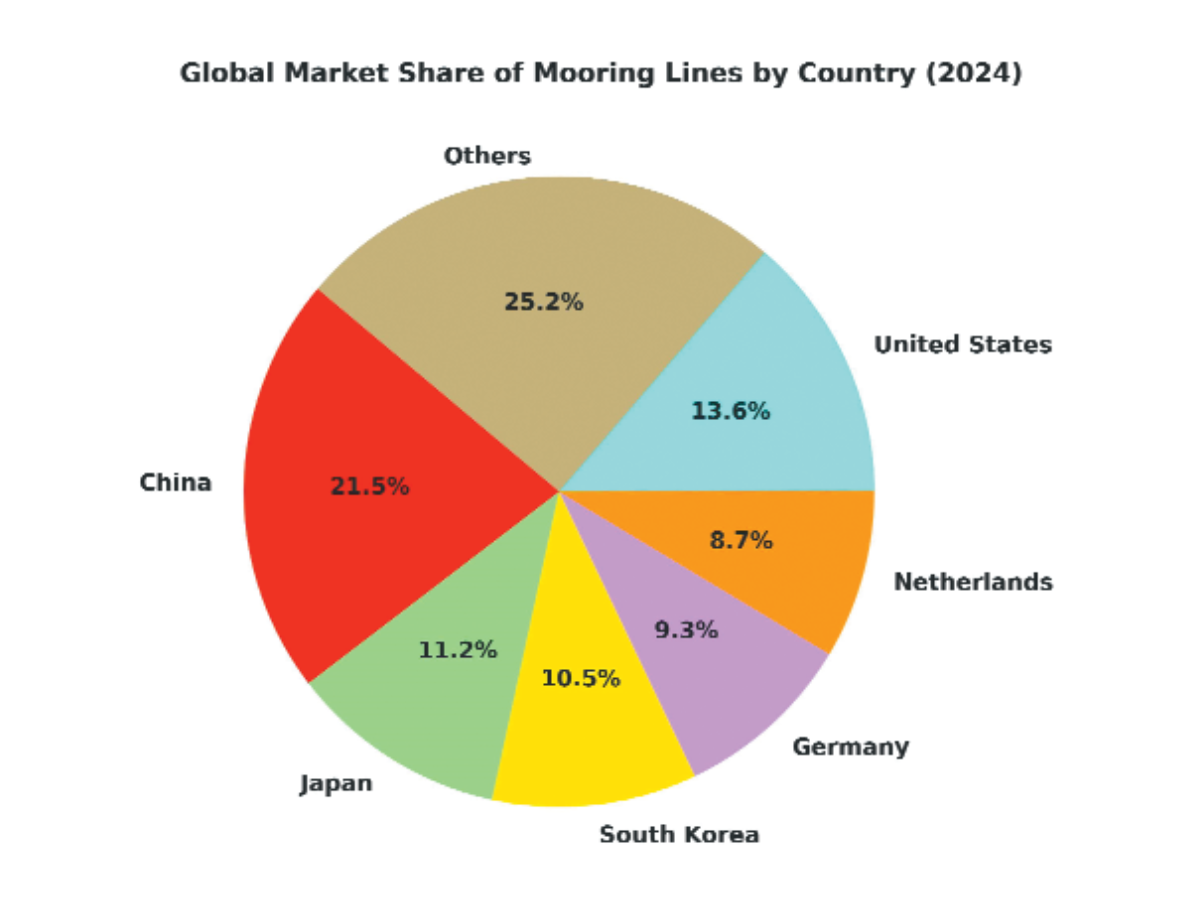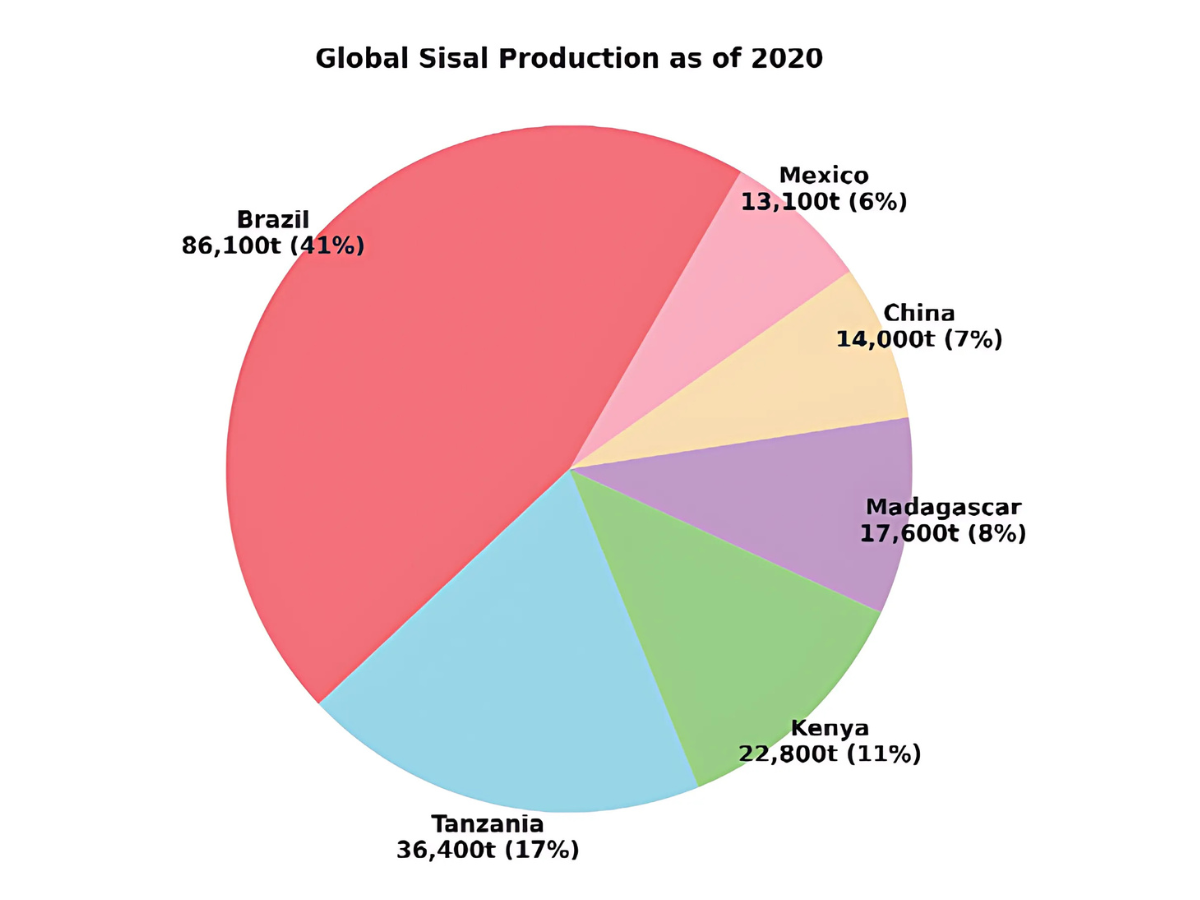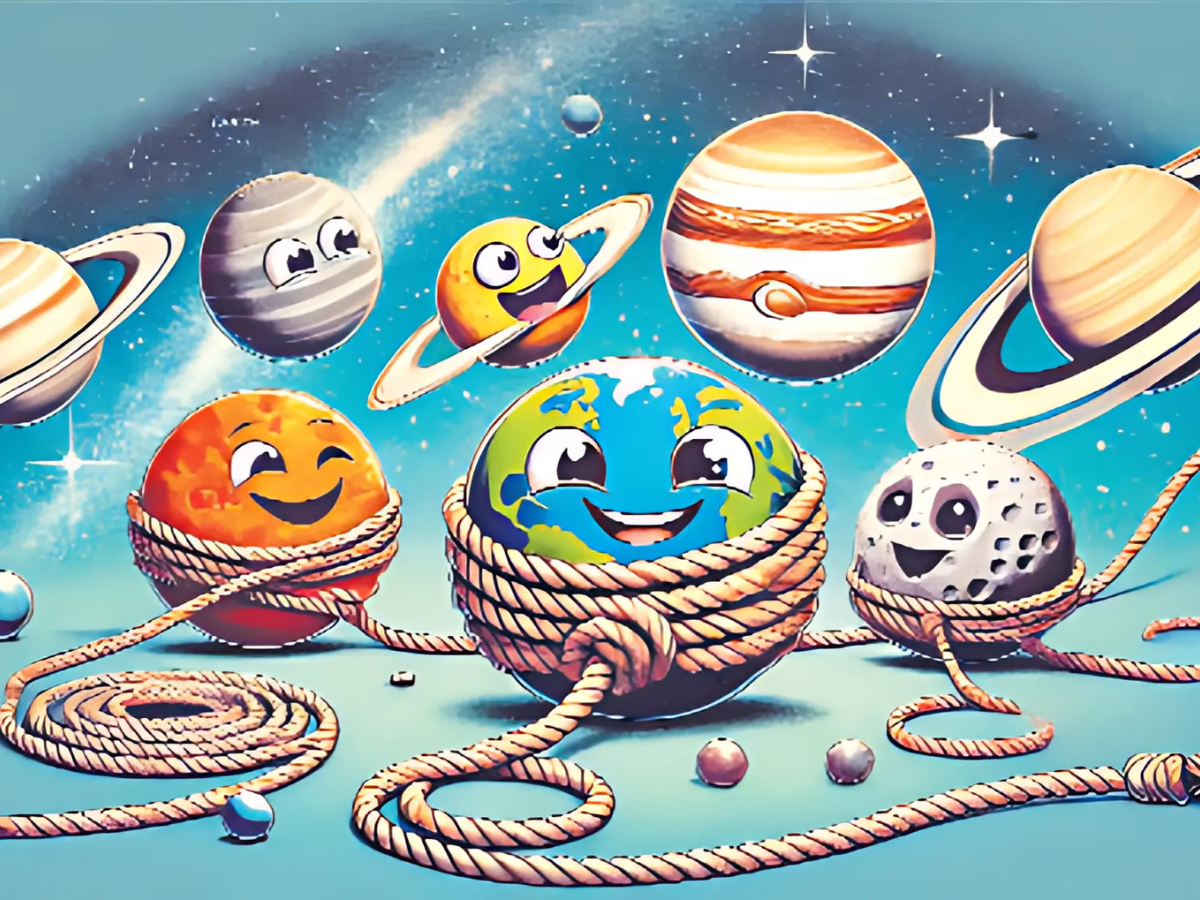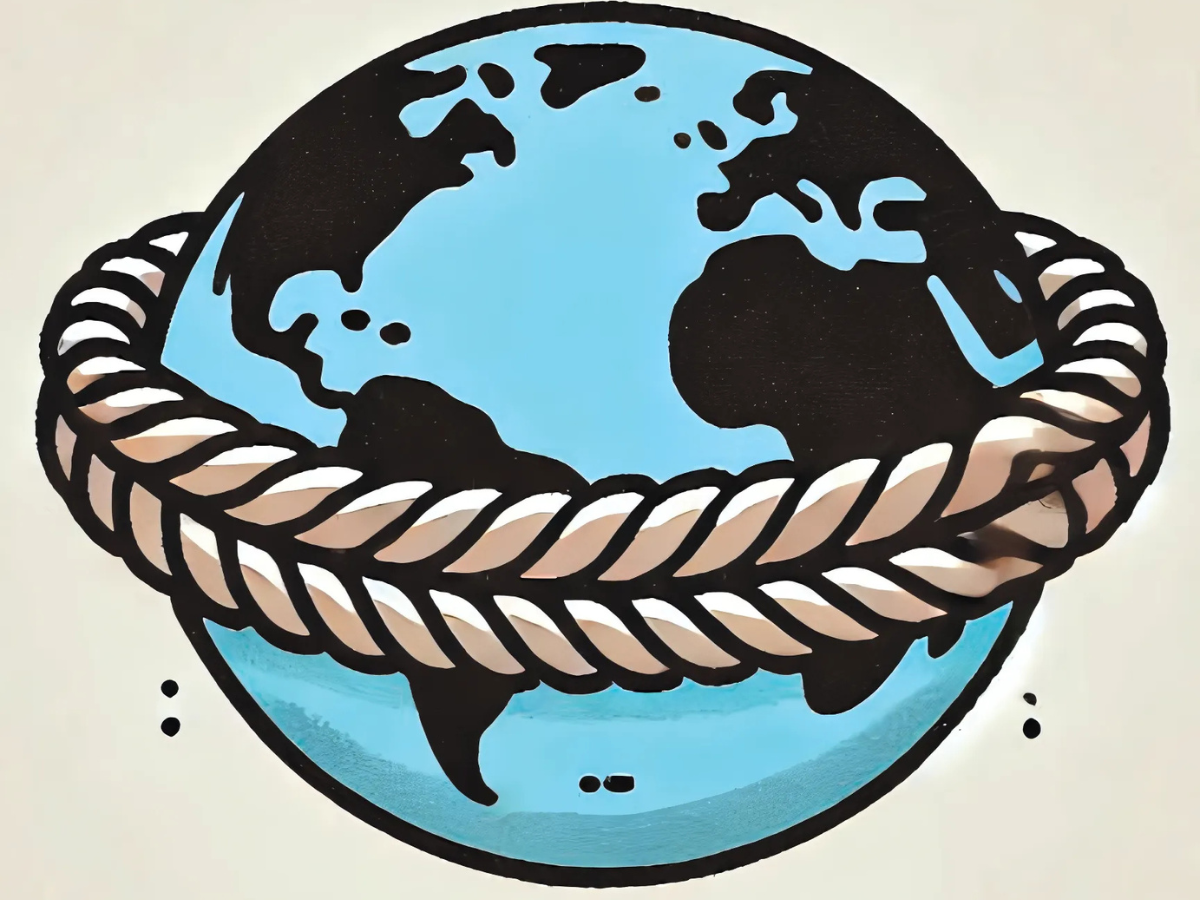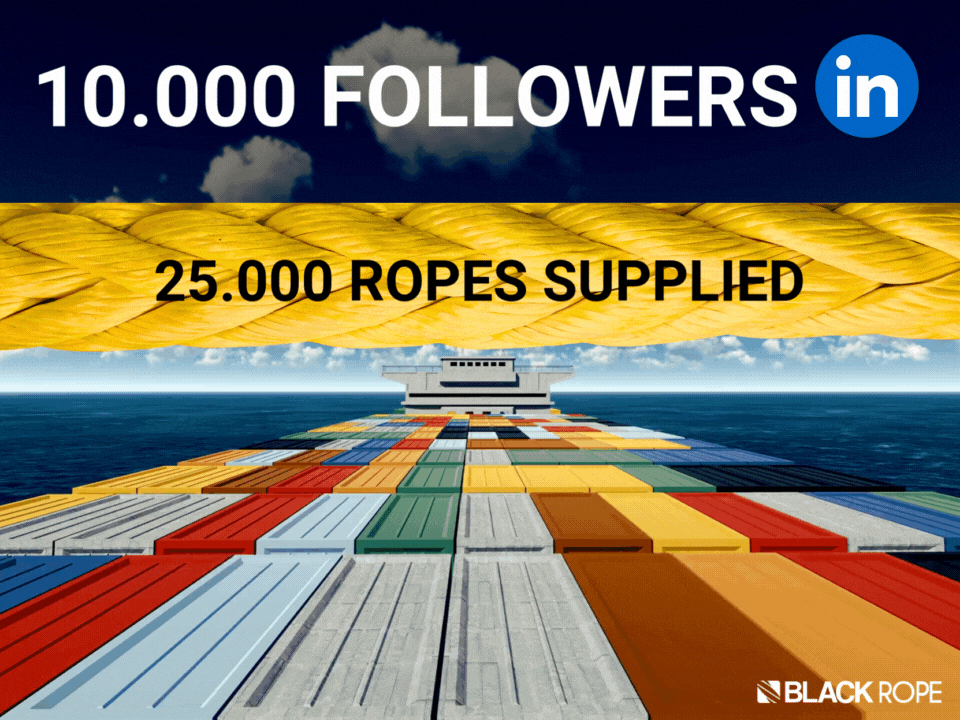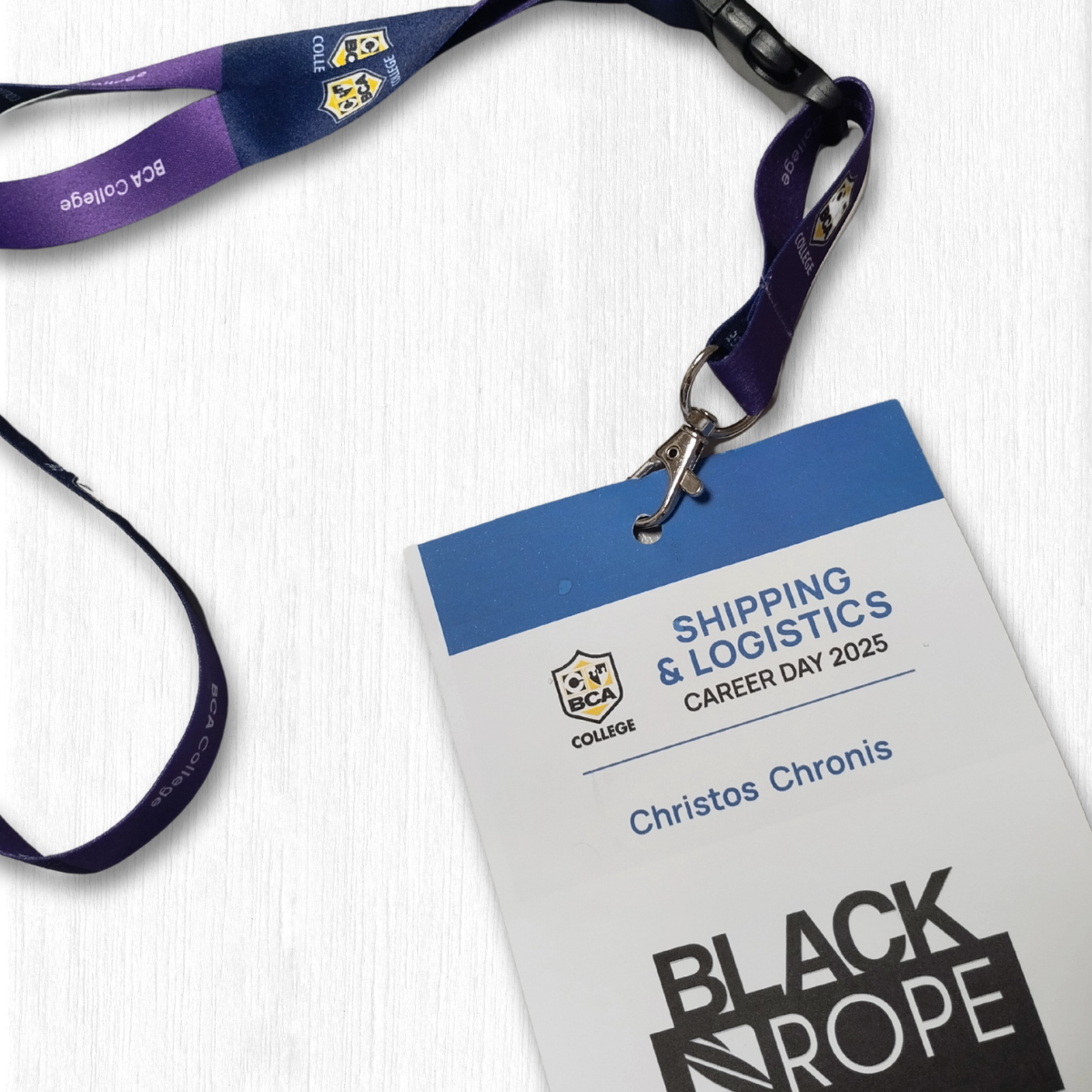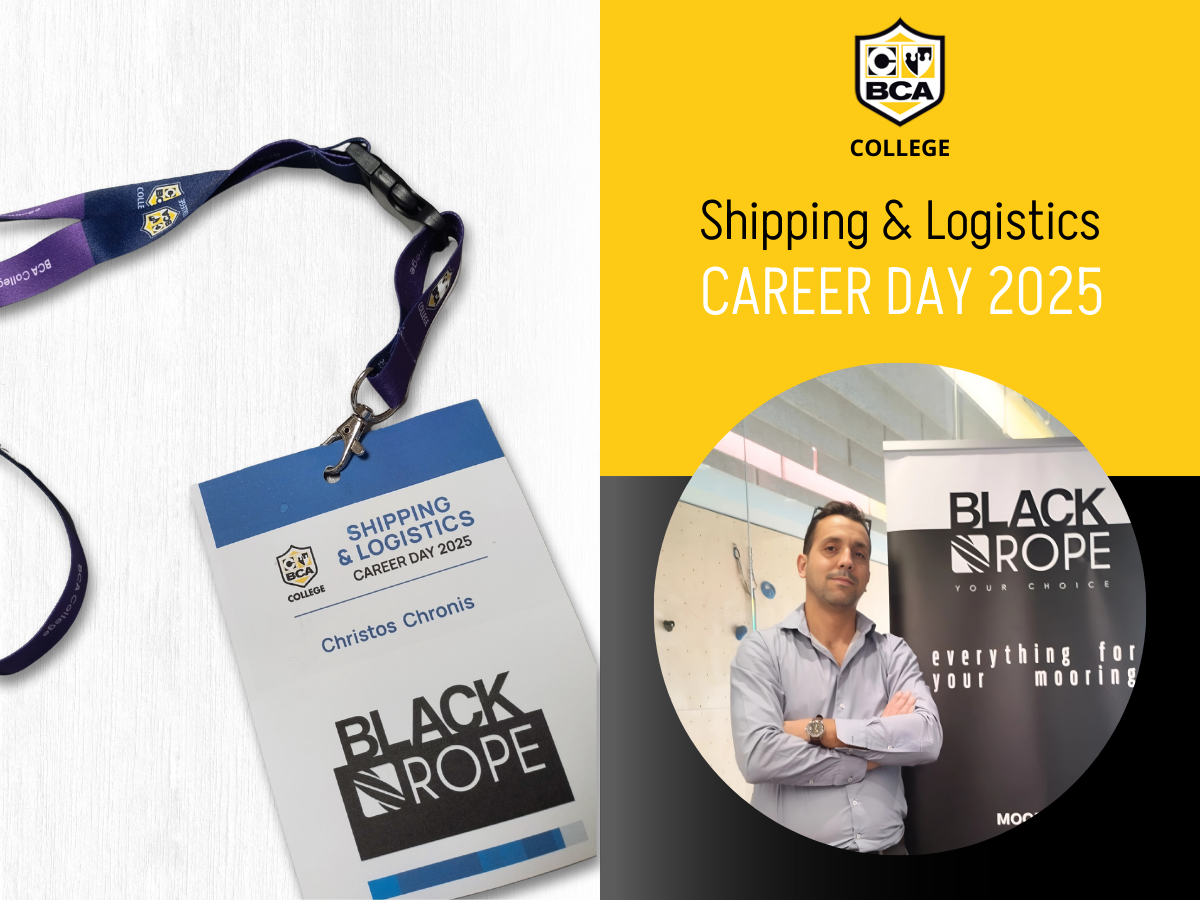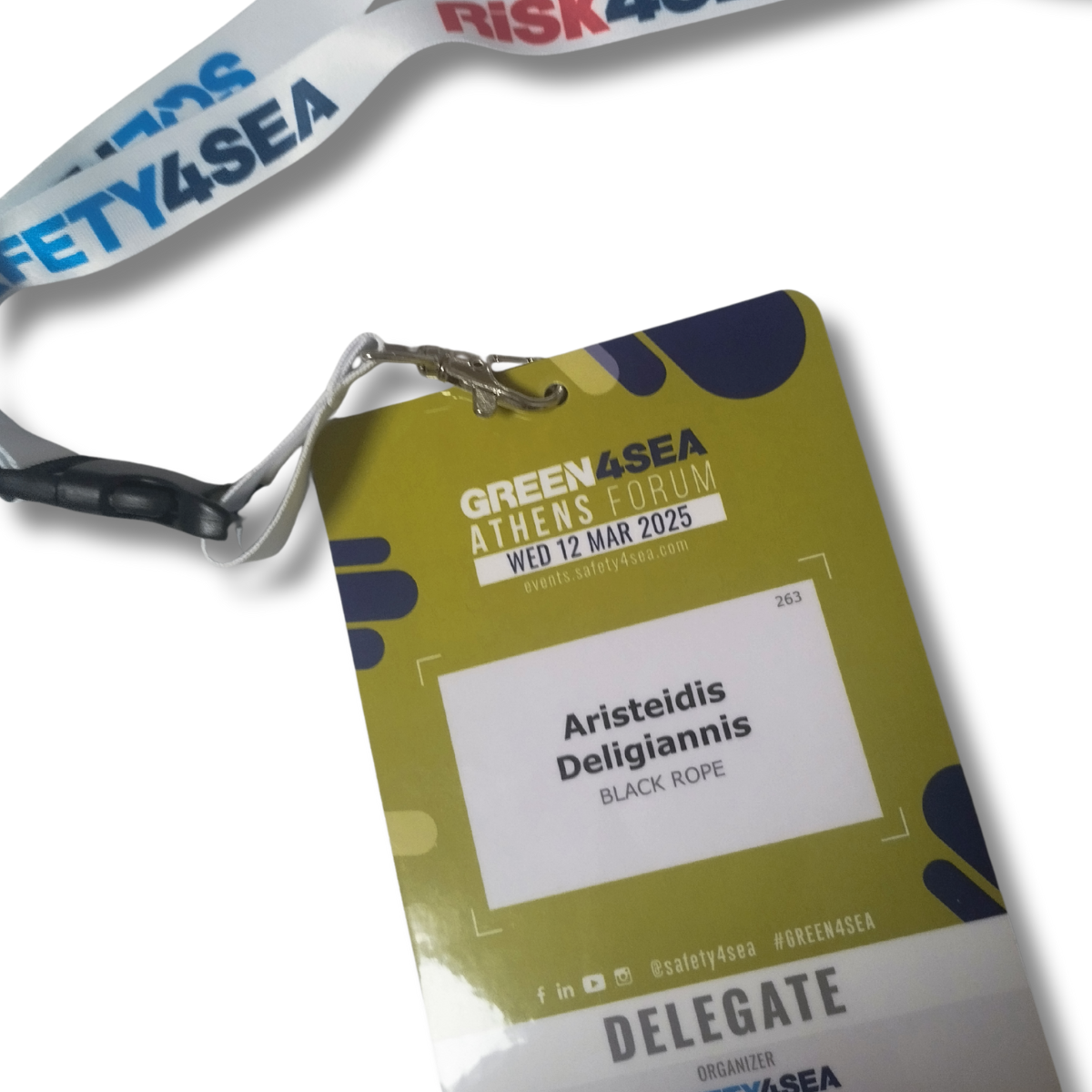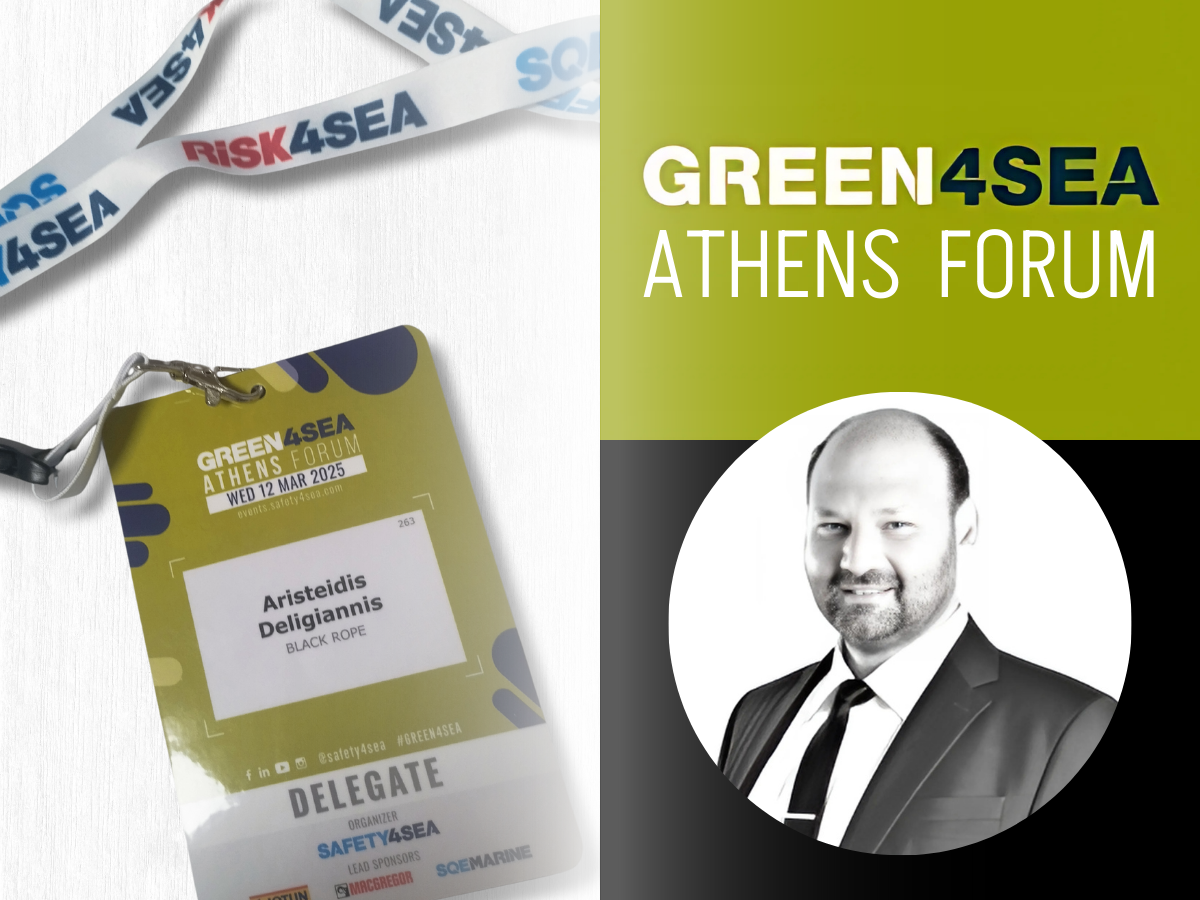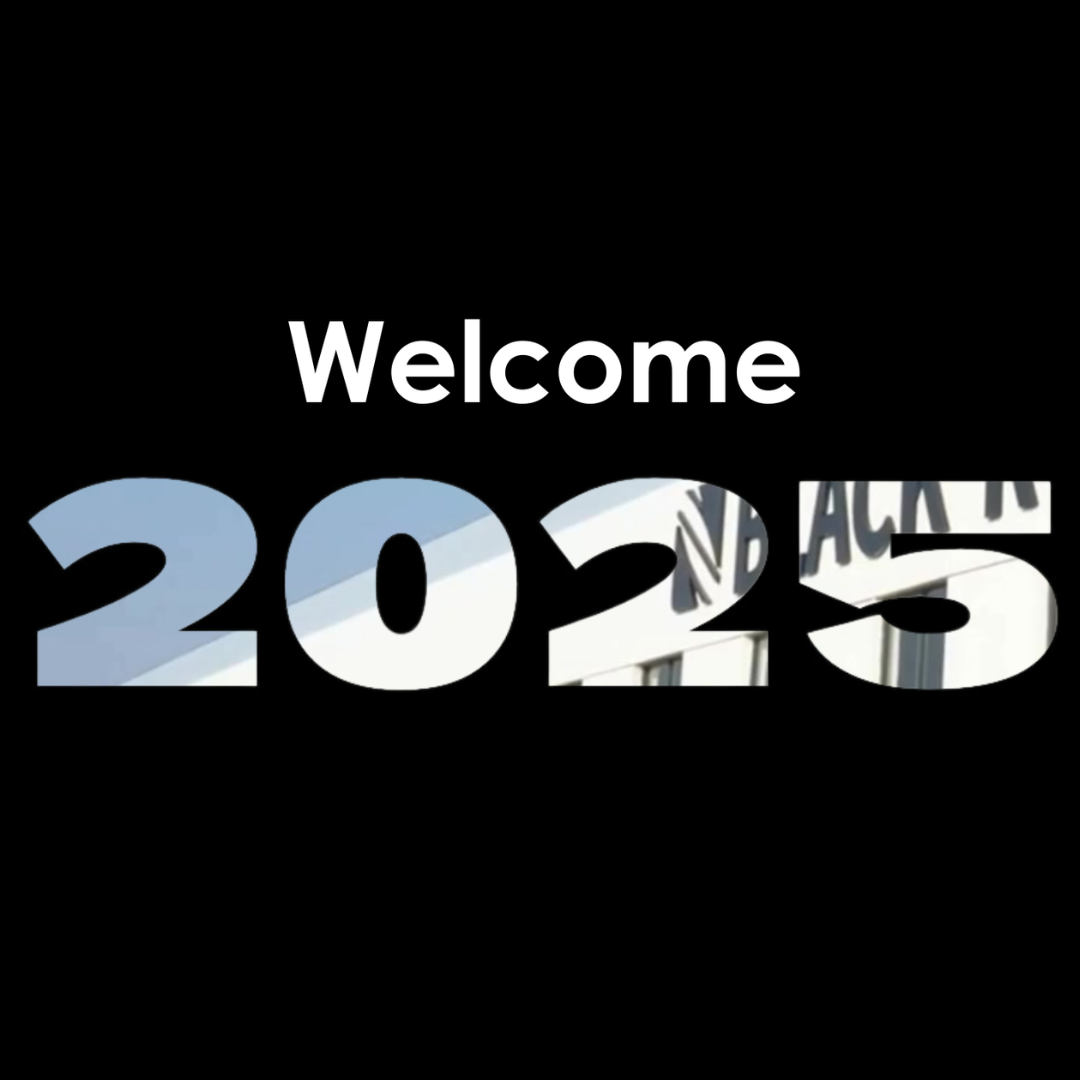Some fun comparison facts of the Greek Fleet Mooring Lines !!!
Greek fleet’s total mooring line length.
The Greeks have 6,000 ships. Each ship has 5,000 meters of mooring lines. That’s: 6,000X5,000=30,000,000 meters of rope. The equator is 40,075,000 meters long. So, the combined length of all Greek ship ropes is about 75% of the Earth’s equator. In practical terms, the Greek ropes could stretch:
• From the North Pole to the Equator and a bit beyond – you’d still be 10 million meters short of a full loop.
• Or, you could cover the distance from New York to Buenos Aires – and have a bit left over for a tug-of-war match in Rio.
And now what Greek ropes could do in the solar system!!
The Greek ropes can’t make it all the way around the Earth’s equator – but they could definitely lasso a planet or two. Maybe start small… like roping in Mercury (which has an equatorial circumference of just 15 million meters). You could wrap the ropes around Mars’ equator – which is just 21 million meters – with plenty to spare! If the Greeks want to stretch their 30 million meters of rope around the solar system, here’s how they measure up:
Mercury (15 million meters): The Greeks could give Mercury a double hug – one lap around, then another, just to make sure it’s tied down properly. Maybe Mercury’s always in a rush because no one’s anchored it with mooring lines!
Venus (38 million meters): So close! They’d fall about 8 million meters short – almost like trying to zip up your jeans after a big meal. Venus remains untethered, free to spin in its weird backward rotation.
Mars (21 million meters): They could circle Mars once and still have 9 million meters left – enough to give Phobos and Deimos (Mars’ tiny moons) a nice little leash, just in case Mars decides to wander off.
Jupiter (439 million meters): Yeah… Jupiter laughs in ropes. The Greeks would barely get past the planet’s first cloud swirl. That’s like trying to tie down a cruise ship with a shoelace.
Saturn (378 million meters): Another no-go. You’d need 12 times their current rope stash just to outline Saturn’s waistline – and that’s not even counting the rings. Maybe the Greeks could tie a little bow around one of the rings and call it a day?
Uranus (160 million meters): Nope – they’re 130 million meters short. Though honestly, Uranus seems to roll on its side like it’s napping, so maybe it doesn’t need a rope – just a pillow.
Neptune (155 million meters): The Greeks’ ropes wouldn’t even get them halfway. Neptune’s way out there – it’s like trying to use a garden hose to circle the Moon.
The Moon (10 million meters): Now we’re talking! They could wrap the Moon three times over and still have enough rope left to create a “No Parking” zone for incoming
asteroids.
Pluto (7 million meters – if you’re still counting Pluto, which we absolutely are): They could lasso Pluto four times and maybe even give Charon (Pluto’s moon) a little tug to keep it close.
So, while the Greeks can’t tie a ribbon around Jupiter, they’ve definitely got enough rope to hogtie the inner planetsand throw a cosmic boat party on the Moon.

